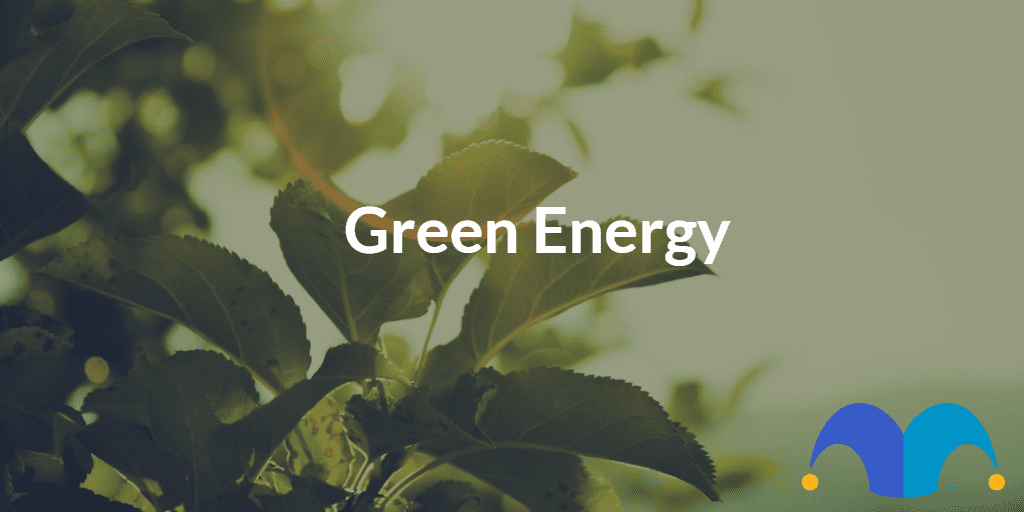As consumers, a lot of us are starting to look at our choices when it comes to things like cars and energy consumption. However, according to a study by British Gas, 15% of Brits mistakenly think a green tariff means rerouting a different energy source to their home.
So what does ‘green energy’ actually mean? Let’s take a look.
Confused about green energy?
Apparently, there are quite a few of us Brits who haven’t got a handle on green energy quite yet. British Gas found that 28% of Brits would consider changing to green energy if they knew more about where their energy was coming from. Meanwhile, 27% admitted they didn’t know how carbon offsetting works.
As a relatively new option for consumers, around one in four have said they find the jargon around it daunting. But price still wins out, as 45% of Brits say they would make the change if it cost the same as their existing deal.
What does ‘green energy’ actually mean?
Green energy is any type of energy that comes from renewable energy sources. So it includes things like solar energy, wind power, geothermal energy, biomass energy and hydroelectric power.
The emphasis behind green energy is that it is a resource that cannot produce pollution. This is what sets green energy apart from renewable energy. You could have renewable energy that comes from burning organic material from a sustainable forest. But as this would produce carbon dioxide, it wouldn’t be considered green.
Now, when we look at green energy tariffs, things are slightly different once again.
It’s not the case that the energy itself is supplied by a different green network. Your energy arrives the same way, and instead, your supplier matches electricity or gas usage with the equivalent amount of renewable energy or offsets.
Basically, you will still get your electricity from the National Grid. But your supplier will be looking to match all or some of the electricity you use with renewable energy.
For example, British Gas’s Green Future tariff matches 100% of the electricity customers use with UK-based renewable sources. And 100% of customers’ carbon dioxide footprint from gas is balanced by carbon-cutting projects and renewable biogas made from food and farm waste.
How much does it cost?
There is a concern that green energy is more expensive. The best way to find a cheap tariff is to do your research and compare prices.
While suppliers may have ‘green’ in their name, check what their credentials are and how they are actually offsetting the energy used.
Green energy tariffs do tend to cost slightly more than a standard tariff. This is because renewables still only make up a small percentage of UK energy supplies. This means the cost of generating each unit is higher.
However, as more and more people begin using it, the price will probably drop.
Whatever the cost of the tariff is, you should take a look at whether you can easily build it into your monthly budget or not. Having aspirations to look after the planet is great, but it can come at a premium.
If you have that wiggle room in your monthly expenditure, then it could be a good step for you. But it is always worth considering at the whole picture and looking at what you can realistically afford first.
